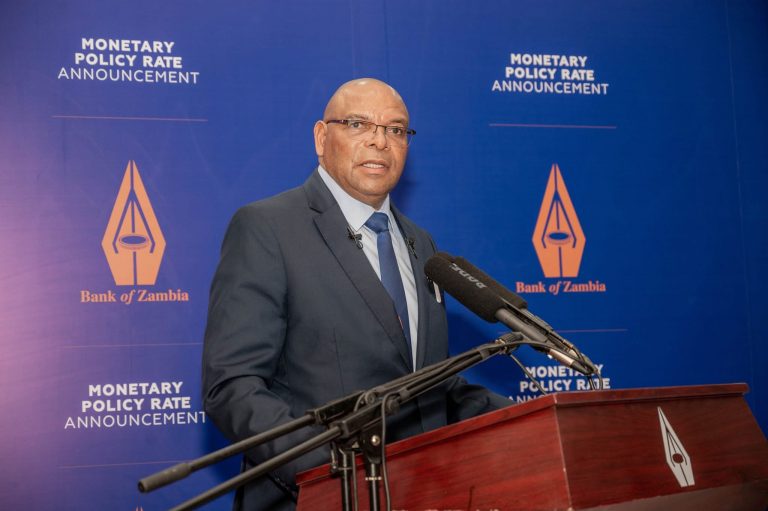Zambia’s central bank is set to announce its first policy rate decision of 2025 on February 12, with Governor Dr. Denny Kalyalya facing mounting inflationary pressures fueled by lingering drought effects and persistent power deficits. Inflation accelerated to 16.7% in January, up from 15.7% in October 2024, as energy shortages and rising costs continue to weigh on the economy.
While Zambia is emerging from a severe drought that curtailed power generation and led to rationing periods of just 3-5 hours per day, business activity has shown resilience. The Purchasing Managers Index (PMI) rose to 50.9 in January, marking the first expansion of 2024 and slightly surpassing December’s 50.8. However, the lagging effects of the drought remain a concern, as water levels at major dams, despite improving in 2025, are unlikely to exceed 50% capacity, keeping power rationing risks elevated. The Energy Regulation Board’s extension of emergency tariffs for three months will add further inflationary pressure.
Credit Risk and Yield Curve Implications
Despite headwinds, credit risk remains contained, with the industry-wide non-performing loan (NPL) ratio at 4.0% as of December 2024 well below the 10.0% prudential threshold. In a bid to support small and medium-sized businesses grappling with drought-related strains, the Bank of Zambia (BOZ) injected K5 billion ($136 million) into the financial system.
On the bond market, the yield curve flattened significantly in 4Q24, but upside risks remain. Potential budget shortfalls, driven by exogenous shocks such as the U.S. suspension of foreign aid which threatens Zambia’s healthcare funding could force the government to tap domestic money markets, exerting upward pressure on treasury yields.
Copper Sector Resurgence and FX Implications
Zambia’s mining sector ended 2024 on a strong note, with copper production rising 12% to 820,670 metric tons, aided by increased output from previously legally constrained mines. This recovery is set to bolster FX inflows, as higher mineral royalties flow into government coffers. With London Metal Exchange copper prices holding in the $9,000-$9,500 per metric ton range, the outlook remains bullish, supported by global decarbonization efforts, rising smelting capacity in Asia, and a structural copper deficit. Given Zambia’s elevated debt obligations, sustained copper exports will be pivotal in managing external liquidity and fiscal stability.
Global Risks: U.S. Political Shifts and Trade Tensions
The return of Donald Trump to the White House has injected fresh volatility into Treasury and currency markets, reinforcing a stronger dollar environment that will weigh on emerging and frontier markets. Meanwhile, escalating U.S.-China trade tensions and a series of executive orders including the suspension of foreign aid have heightened uncertainty, with inflationary spillovers likely.
Rate Hike in Focus
Given these domestic and external risks, the BOZ is increasingly likely to raise the benchmark interest rate by 50 basis points to 14.5%, taking a forward-looking stance as Zambia navigates inflationary pressures and global headwinds into 2025. This move could come as early as this weeks rate decision, though policymakers may opt to defer tightening until the second meeting of the year.
The Kwacha Arbitrageur

